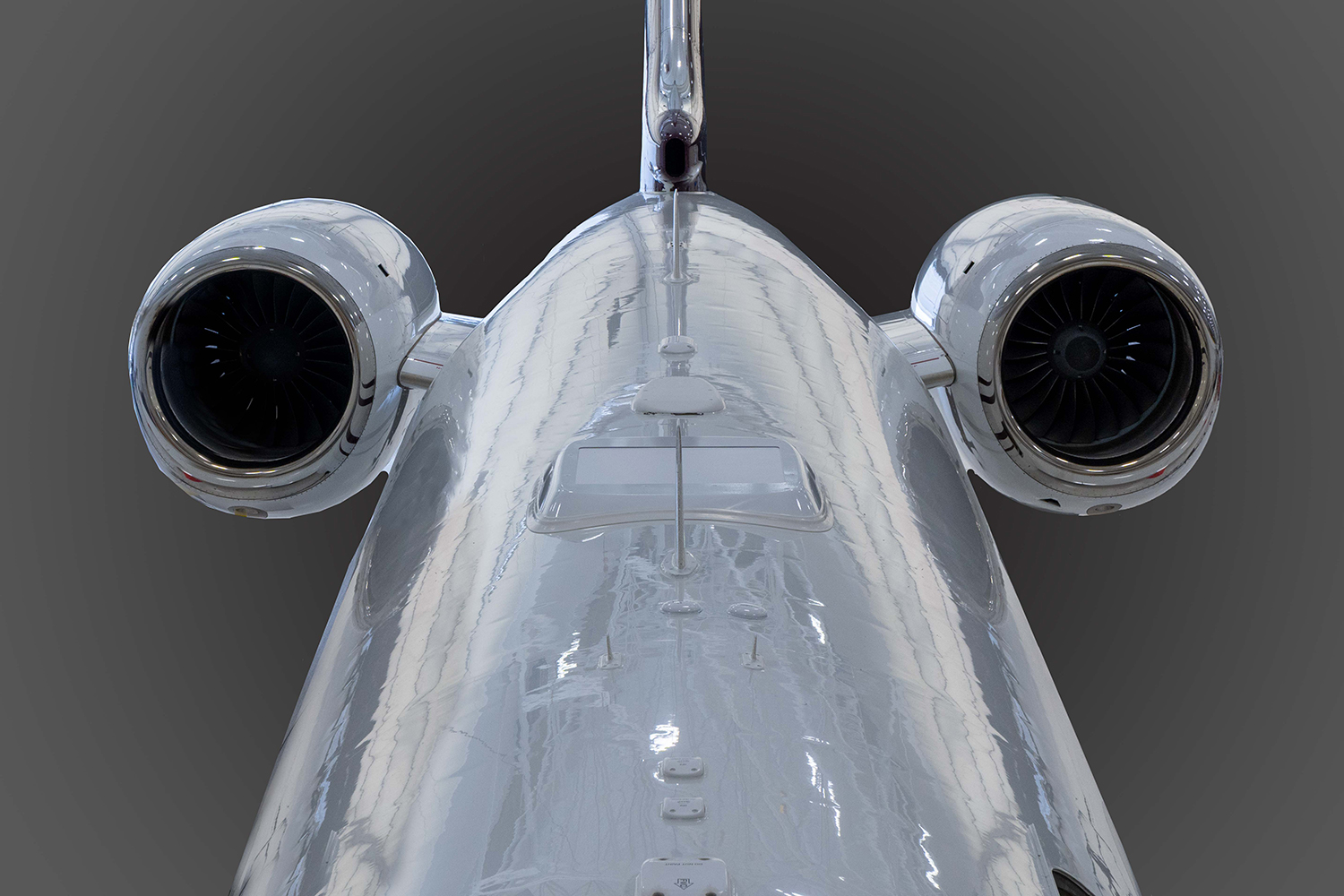Before You Fly, You Must Have These Three Things …and the Last Two are Optional

On business aircraft, there are three things that must be functional before you can begin your flight. The internet, the engines, and the pilots…and the last two are optional. Of course, this is a comedic exaggeration, really there are many more things that are necessities. The joke here being, however, that in-flight connectivity is truly becoming the most important element of business aviation. If it were possible for an aircraft owner to fly a plane without a pilot, they probably would do that rather than attempt to fly without the internet. It is particularly important for airplane owners today to be aware of where their connectivity is coming from, as the world of In-Flight Connectivity (IFC) is in a state of major flux.
The first evolving method of connectivity is air-to-ground, which is only available in North America. Major players in this marketspace, like Gogo and SmartSky, are facing changes that can affect the future connectivity for business aircraft. For SmartSky, their model has not yet fully matured. They are still in the process of getting their original business model off the ground and moving. Alternatively, Gogo is in the midst of a major architectural refresh. They are relying on legacy technology that is currently being updated. This is of interest for aircraft owners as the legacy GoGo technology will no longer be functional by 2026. Additionally, Gogo is in the process of launching their own LEO satellite package to compete with newcomer Starlink. These businesses are also evolving before our very eyes.
Starlink is in the forefront, as business titan Elon Musk attempts to break into the aviation field. With a man of his prowess, media attention seemingly follows wherever he goes. Unfortunately, since our first blog on the subject of Starlink Aviation was published, there have been no significant status changes in terms of the number of airplanes flying and the evolution of authorized installation facilities. This would suggest that there is still quite a way to go before Starlink becomes a fully viable option for IFC. While Starlink may be in the spotlight for LEOs, there is also an alternative in OneWeb, GoGo’s LEO partner. Unlike Starlink, OneWeb will be solely oriented towards aviation. While this increases the likelihood that OneWeb will avoid some of the pitfalls we discussed in the Starlink blog, it is still growing. As of now, in fact, the technology and the limitations on upgrading and installing it are still comparable to Starlink.
Finally, there are geosynchronous satellites. With this option, there are several providers, and nearly all of them are facing ongoing product evolution. Viasat, in particular, has garnered some negative attention in the media lately regarding their newly launched satellite. Viasat recently launched the first of Gen 3 Ka satellites into orbit. Upon reaching its final location and deploying the satellite, it experienced some technical issues. The results are currently unknown in terms of how these difficulties will affect their connectivity. Despite this, their reputation and stock price took a hit as a result. Though their current network remains unaffected, it is still not known how diminished the capability of this new satellite will be. Even so, the bandwidth of this satellite far outweighs any current satellites out there. Looking at all these changes, it is clear that in-flight connectivity is in a significant state of fluctuation. Because of this, it is important for airplane owners to make carefully considered decisions when it comes to the kind of connectivity that is best for their aircraft. While it may be easy to gravitate towards a newer, sleeker option or to allow media coverage to sway your judgment, the reality is much more nuanced. This is why it is best to consult your independent MRO for this issue. MROs lack a bias towards any single system, which allows them to make an objective decision that is going to benefit the owner of the aircraft. They will be able to break down the smaller details and determine with you what the best course of action should be for your IFC. After all, it is one of the three things you need before you can fly your aircraft…and this one is not optional.



